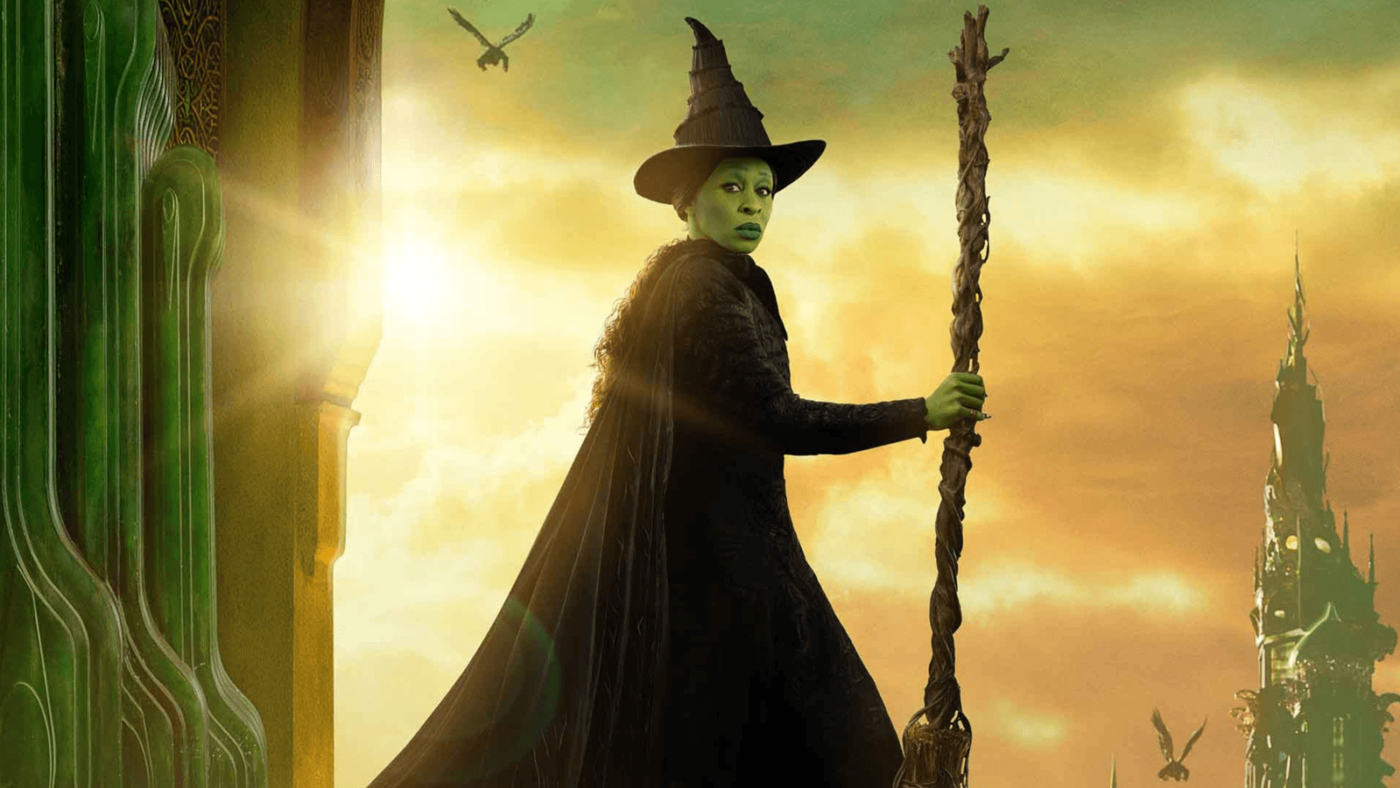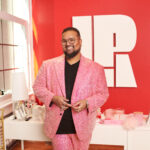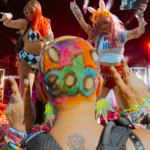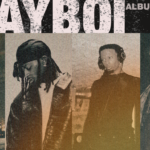Wicked has finally made its way to the big screen after a 21-year run on Broadway. With Ariana Grande and Cynthia Erivo starring as Glinda the Good Witch and the Wicked Witch of the West, respectively, the film adaptation provides an exciting new chapter in the story of the beloved characters from The Wizard of Oz.
At the heart of this cinematic reimagining is Paul Tazewell, the Tony Award-winning costume designer known for his work on Hamilton, The Wiz Live!, and his Oscar-nominated designs for West Side Story. For Wicked, Tazewell had a wealth of inspiration to draw from, including Gregory Maguire’s Wicked novel, the 1939 Wizard of Oz film, the Broadway musical itself, and the natural world.

But even as he honored those references, Tazewell crafted a completely new visual world for the film—a Wicked that would feel magical yet grounded, and captivating for both new audiences and longtime fans. In a recent interview with Krowd Magazine, Tazewell shared insights into his creative process, working with Grande and Erivo, and the journey of bringing Oz to life in a way never seen before on screen.
Hi Paul! How has the experience of working on Wicked been for you?

It’s been incredible from the start. The creative team and cast were amazing, and filming in London was a dream. It’s been intense, but it’s been so rewarding. The whole process—everything from design to production—has been a whirlwind, and I’ve loved every second of it.
When did you start working on the designs for Wicked?

I started about a year before I flew to London, so that was around two years ago. We were working on two films simultaneously, so it was a huge task. I did most of the initial design work in New York, and then, after some location changes, we ended up filming in London, which was a great decision for the film’s aesthetic.
Designing costumes for a fantasy world like Oz must be daunting. How did you approach creating the visual world for Wicked?
Director John M. Chu made it clear from the beginning that we weren’t trying to replicate what was on Broadway or in the 1939 Wizard of Oz film. We wanted to offer a fresh perspective and create a new version of Oz. This gave me a lot of creative freedom. While the Wizard of Oz film and Broadway musical were key references, my goal wasn’t to copy them but to build on their legacy, blending those iconic elements with new visual ideas. For Glinda, for example, I used pink as a springboard, inspired by her iconic bubble scene.
Building this world with production designer Nathan Crowley, we had to think about everything—from the period references to the way people in Oz would dress—while making sure that all the different lands in Oz, like Munchkinland and the Emerald City, felt connected. The visual continuity was key.
What other influences shaped the design of Wicked, beyond The Wizard of Oz and Broadway?
Nature played a huge role in my design process. I wanted to create a timeless, fantasy world that felt grounded in the natural world. For Nathan, Art Nouveau was a key reference, and his work has a lyrical quality to it. For me, I was inspired by the Fibonacci spiral—this idea of organic, mathematical beauty—and I found myself drawn to artists like M.C. Escher, whose intricate, surreal staircases and patterns helped shape the feel of Oz.
We wanted the world to feel both mysterious and delightful, a place where every detail—from the sets to the costumes—had been crafted to invite the audience into something fantastical, yet tangible. Every costume, every detail, was designed with the intention of making this world come to life in a believable way.
Are there particular costumes that define Elphaba and Glinda in this version of the story?

A beautiful aspect of this film is that we get to see both Elphaba and Glinda at different stages of their lives. We explore their backstories and how they evolved. For Elphaba, we see her as a child, and her clothing reflects that. She wears a simple, organic dress in black, which ties her to nature and her early loss—she’s in mourning for her mother. This early decision to wear black sets the stage for her emotional journey.
As Elphaba grows, so do her clothes. From her childhood dress, she moves into a more structured black coat, with a felted dress underneath inspired by mushrooms, symbolizing her connection to nature. Then, when she arrives at Shiz, her uniform is a nod to her early outfits—rigid, structured—but as she becomes more confident, her clothing loosens up, reflecting her growing power and acceptance. Her later looks incorporate more modern, dynamic silhouettes—kilts and trousers—that offer more freedom, agility, and strength.
For Glinda, her journey is equally about transformation. Her iconic bubble scene provided a visual starting point, and from there, we moved into creating a color palette that feels both magical and regal. Glinda’s clothing evolves throughout the film, mirroring her emotional growth as she navigates her complex relationship with Elphaba and the shifting power dynamics in Oz.
How do you think the costume design enhances the character development in the film?
Costumes are a powerful tool for storytelling. With Elphaba, her clothing is her armor, especially in the early parts of the story. As she finds her strength and begins to accept her power, her costumes evolve to reflect that inner change. The same is true for Glinda. Both characters are defined by their clothes, which evolve alongside their emotional journeys.
Elphaba’s shift from the structured, protective clothing of her youth to more fluid, powerful designs shows her growth—both personally and magically. For Glinda, her costumes represent her own struggle with identity and power. By the end, her clothes reflect the confidence and maturity she’s gained.
Looking back, are there any moments from the project that you’ll always remember?

There were so many memorable moments, but one that stands out is when we were wrapping up the press shoot. I was there with Ariana, and it was an incredibly emotional moment. We had worked so hard on the film, and to finally be done—to know we were handing this project over to everyone else to complete—was overwhelming. It was bittersweet. I remember feeling incredibly proud of the work we had done, but also sad to say goodbye to the cast and crew. We had built such a strong bond through all those fittings and long days on set.
It was a magical time, and as much as it was hard to let go, I’ll always carry those moments with me.
Wicked has arrived, bringing a bold new vision of Oz to the screen, and Paul Tazewell’s intricate, thoughtful costume design plays a crucial role in bringing that world to life. With a perfect blend of fantasy and realism, the film offers a fresh take on the characters we thought we knew, giving us a glimpse into their pasts—and their future—through the costumes that define them.
Photos courtesy of Giles Keyte/Universal and Paul Tazewell






